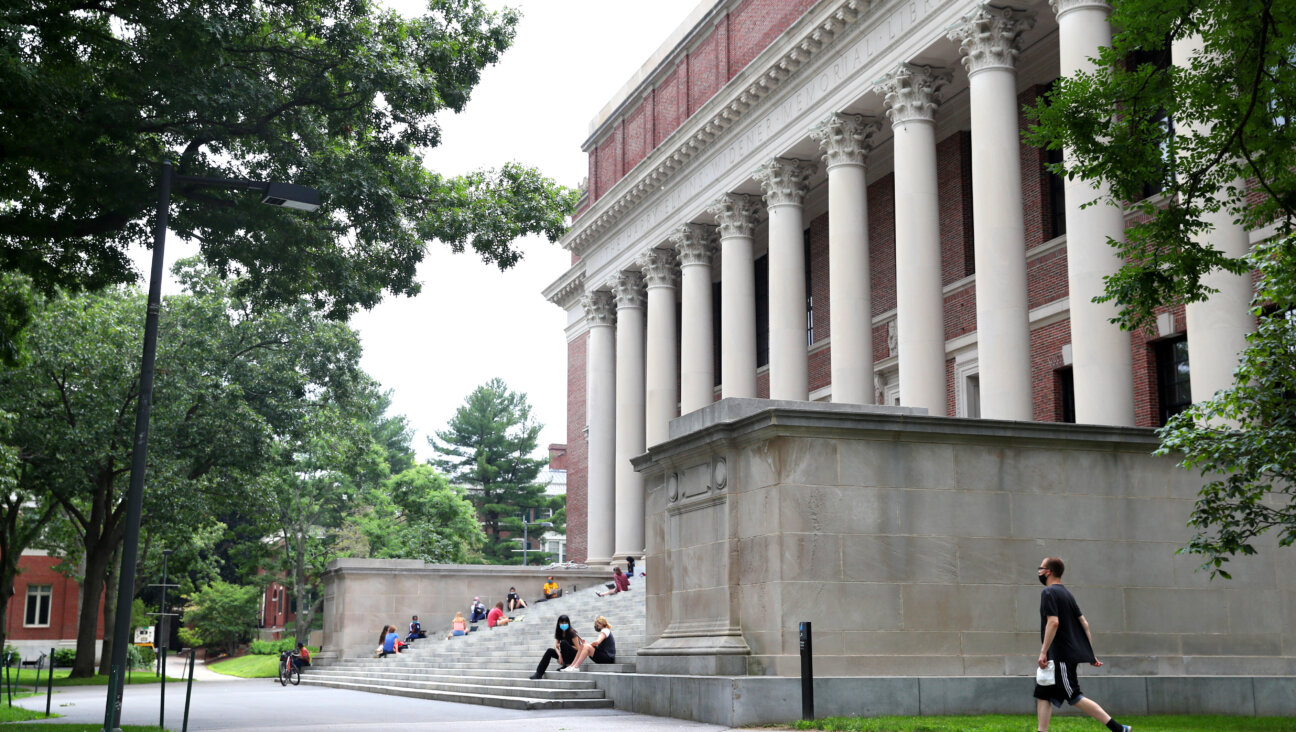Camp in the Catskills: A Summer Tradition

Scrapbook: Campers at Hemshekh in, from top, 1966, 1971 and 1967. Alumni are organizing a 50th reunion this fall. Image by FROM LEFT: GEORGE ROTHE, NANCY DENKER, MIRIAM KOWARSKY
In 1959, a group of Holocaust survivors, most of them living in the secular, Yiddish-speaking enclave of the Amalgamated Houses in the Bronx, did something remarkable. Each of them shelled out $500 of hard-earned money to found a summer camp in the Catskill Mountains. The survivors’ goal was to pass on to the next generation their own devotion to democratic socialism and to Yiddish language and culture, mirroring their childhood experiences in Poland between the two World Wars. They called it Camp Hemshekh, which means “continuation.”
Although Hemshekh shut its doors in 1978, many Hemshekhists have kept in touch over the years and have begun organizing a reunion set for this fall in New York City, to celebrate 50 years since the camp’s creation.
The founders of Camp Hemshekh were all members of the Jewish Labor Bund, a socialist party in Eastern Europe. Many had spent their childhood years in SKIF (Sotsyalistisher Kinder Farband, or the Socialist Children’s Union), and a number of them also spent several weeks or months at the Medem Sanitorium, a healing center for Jewish children with tuberculosis. As part of the healing process, the young patients were taught to garden, to care for animals and bees, to participate in group sports and sing-alongs, and to organize in order to help the children of striking miners.
That innocent world, however, was wiped away by the Holocaust. After transplanting themselves in the Bronx, the Bundists hoped that the camp they created would convey these values to their children. Besides their devotion to Democratic socialism and Yiddish, they also hoped the camp would reflect their distinctly non-Zionist stance — a formidable task, considering the strong Zionist affiliation of the general American Jewish community. They also insisted on maintaining a purely secular identity, which explains why the kitchen was not kosher, and why the word “Shabbos” was never mentioned.
The camp leaders worked hard to inculcate this Socialist, ethnically Jewish identity in their campers. The campers and counselors were taught dozens of Yiddish songs and competed in *Hemshekh-yada *— where two teams representing Yiddish poets received points not only in sports events, artwork and original dramatic presentations, but also for *khavershaft *(exhibiting good will or comradeship to the other team) and for creating and singing two original songs — one in English and one in Yiddish — in the spirit of the poet. They also performed plays in Yiddish for their parents on visiting day.
The most memorable event each summer, however, was Ghetto Day: a solemn, all-day commemoration of the Jewish partisans and victims of the Nazis that culminated in a gripping bilingual retelling of the Holocaust through poetry and song. At the end of the performance, as the piano softly played the haunting melody of “Ani Maamin” (“I Believe”)*, *(a song reportedly sung by many Jews during the Holocaust as they entered the gas chambers), everyone walked out single file and followed a torch-lit path to the *ghetto denkmol, *a simple memorial that consisted of a replica of the barbed-wire ghetto wall, six signposts representing the 6 million Jews murdered, each one inscribed with the name of a death camp. In the center stood a striking mosaic of a ghetto fighter, created in 1962 by one of the older campers, Daniel Libeskind, later to become a world-renowned architect. The sobs heard throughout the evening reinforced the unique background of the Hemshekhists.
So did the Bundists succeed in their quest? Vida Semel Bauer, who attended camp in the 1970s, thinks so. “I remember what an honor it was to get points for khavershaft,” Semel Bauer, 46, recalled, “and I still try to conduct myself in that way.” She also said what an impression it made on her when the camp brought in a member of the grape picker’s union, and how she couldn’t wait till she was old enough to stand *vakh *(guard) by the mosaic on Ghetto Day.
In addition, Hemshekh succeeded in retaining its non-Zionist character. Aside from the two summers when the camp leaders included an Israel team in the Hemshekh *Olympiada, *the word “Israel” or “Zionism” was hardly mentioned.
George Rothe, 58, who attended camp from 1963 to 1974, remembers a girl who spent several summers at Hemshekh and then switched to Habonim, a socialist Zionist camp down the road. Both camps used to compete through sports and debates. One time, when Habonim was scheduled to come over, it was discovered that the girl would be coming, too. In protest, a group of older campers burned a likeness of her.
But the anti-Zionism of the Bundists was very different from that of the Arabs or Neturei Karta, said Norman Sas, whose parents were both camp founders. “The Bundists would probably have been more positive about Israel if it had been bilingual, like Canada or Belgium,” explained Sas, 60, who attended camp for seven summers. “They resented that the Zionists assumed they spoke for the entire Jewish people and that they had ‘decided’ what the official Jewish language would be.”
But the founders were less successful regarding Yiddish. Although the children of the Bundists knew it from home, they were growing up in a country where only English was spoken, at a time when minority languages had a low status. As they strived to be like their American classmates at public school, the Hemshekhists ended up speaking only English to each other.
The question, whether the camp founders succeeded in transmitting their values or not, is one that certainly could be debated as the former Hemshkhists reconnect at their reunion. Most of them admit, though, that their years at Hemshekh were among their happiest. If members of the camp committee are looking down from above, they can take pride in that accomplishment.
For more reunion information, see the Facebook page “Camp Hemshekh Reunion — October 10-11, 2009.”
Rukhl Schaechter is an editor of the Forverts, in which a version of this article originally appeared.
The Forward is free to read, but it isn’t free to produce

I hope you appreciated this article. Before you go, I’d like to ask you to please support the Forward.
Now more than ever, American Jews need independent news they can trust, with reporting driven by truth, not ideology. We serve you, not any ideological agenda.
At a time when other newsrooms are closing or cutting back, the Forward has removed its paywall and invested additional resources to report on the ground from Israel and around the U.S. on the impact of the war, rising antisemitism and polarized discourse.
This is a great time to support independent Jewish journalism you rely on. Make a Passover gift today!
— Rachel Fishman Feddersen, Publisher and CEO
Most Popular
- 1

News Student protesters being deported are not ‘martyrs and heroes,’ says former antisemitism envoy
- 2

News Who is Alan Garber, the Jewish Harvard president who stood up to Trump over antisemitism?
- 3

Fast Forward Suspected arsonist intended to beat Gov. Josh Shapiro with a sledgehammer, investigators say
- 4
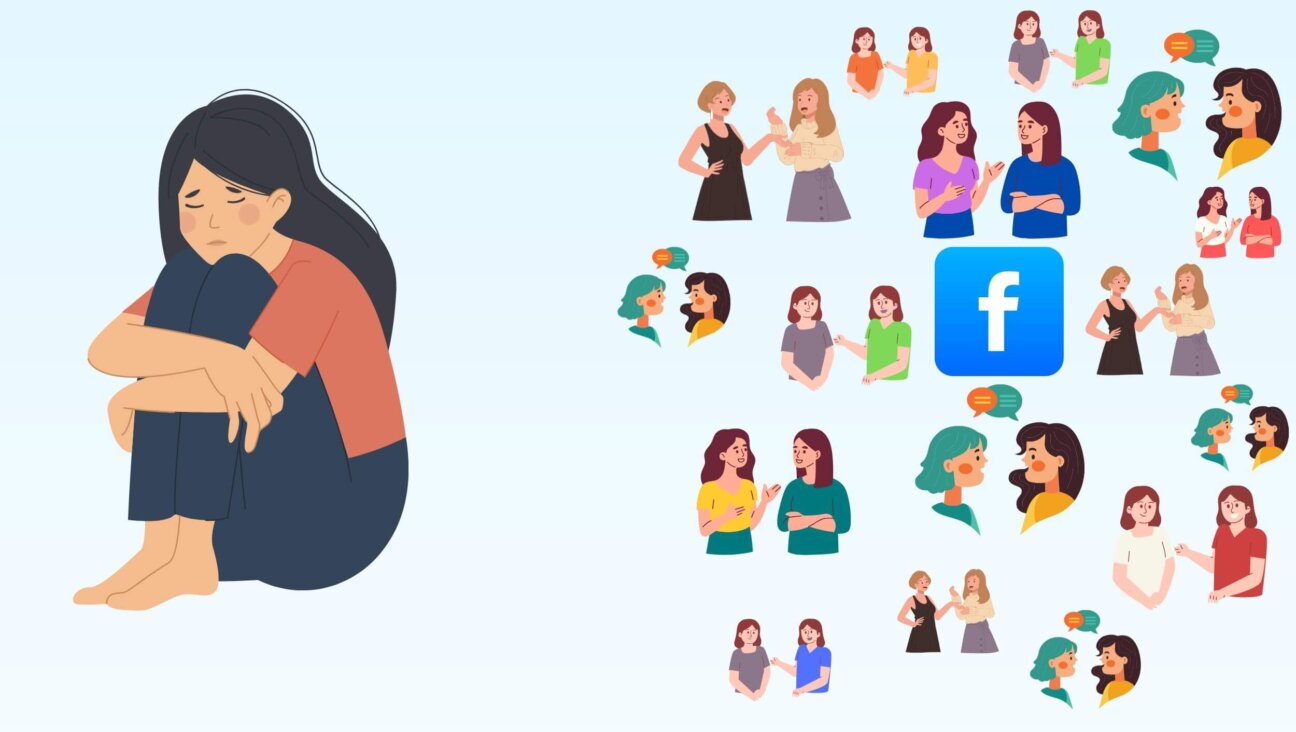
Opinion My Jewish moms group ousted me because I work for J Street. Is this what communal life has come to?
In Case You Missed It
-
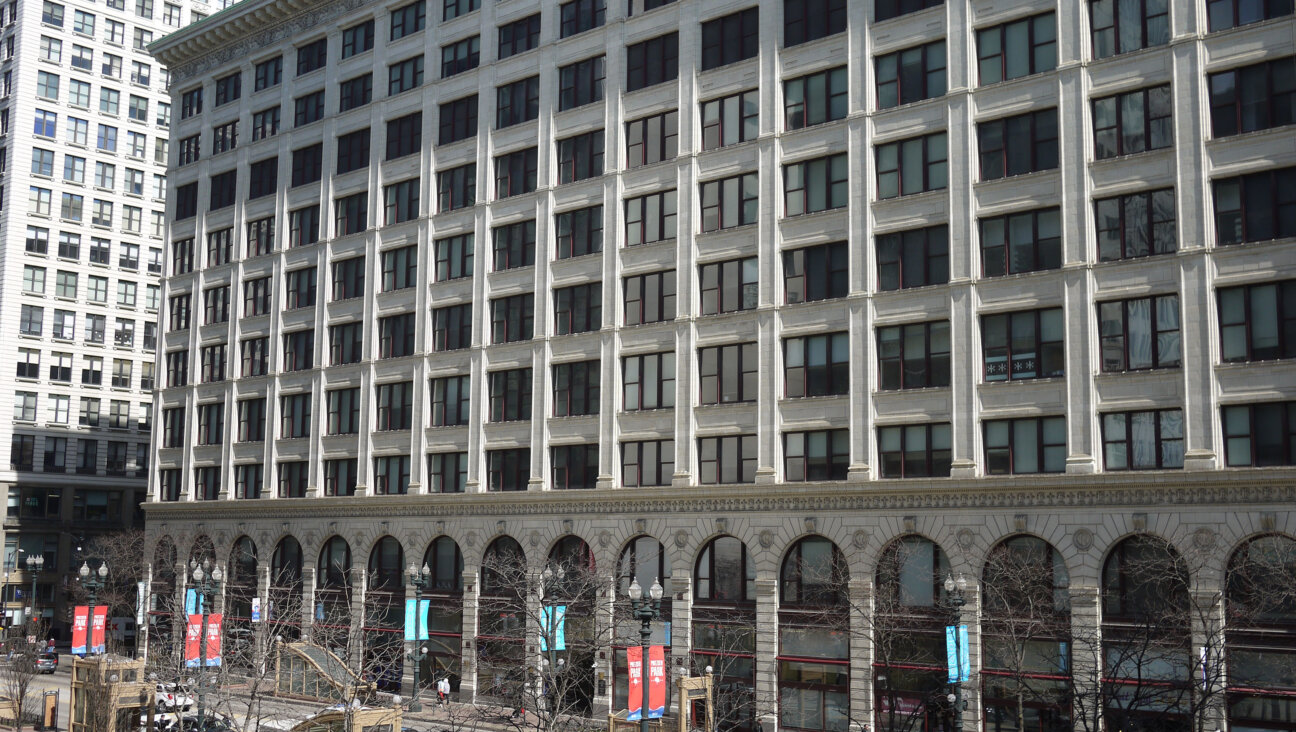
Fast Forward Chicago man charged with hate crime for attack of two Jewish DePaul students
-
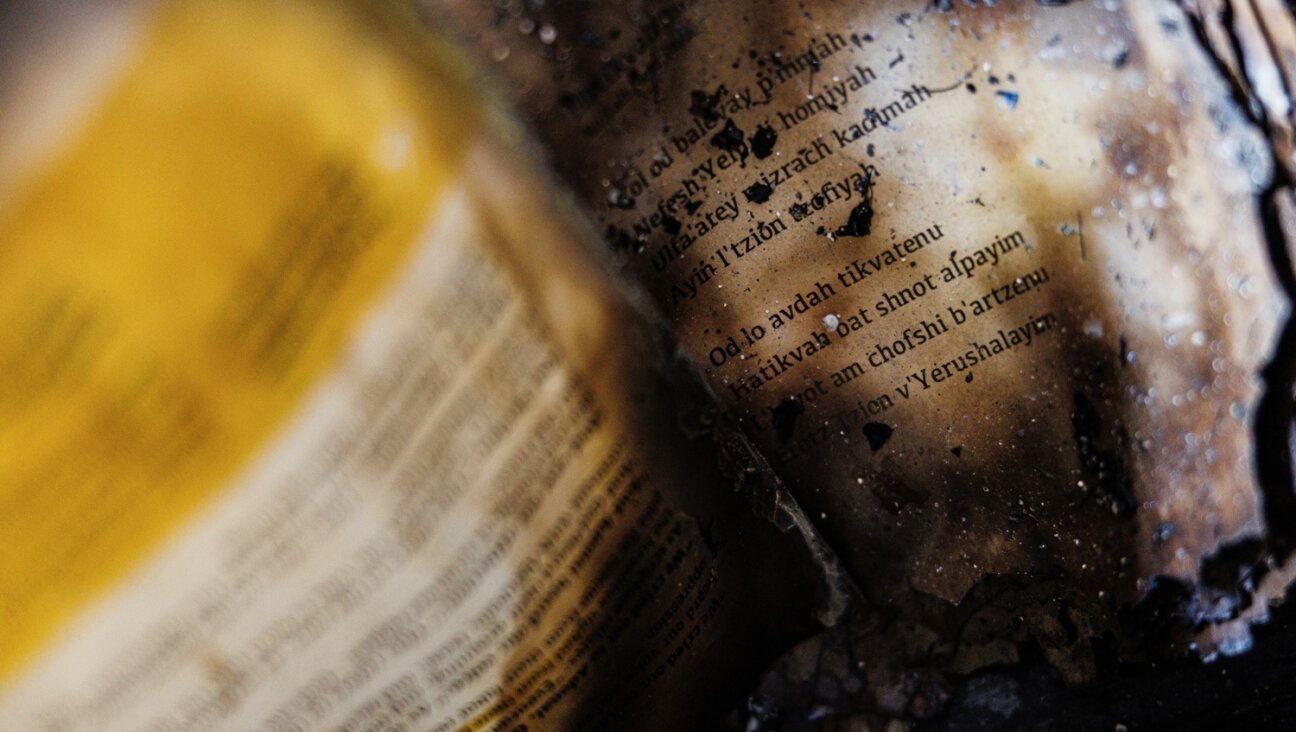
Fast Forward In the ashes of the governor’s mansion, clues to a mystery about Josh Shapiro’s Passover Seder
-
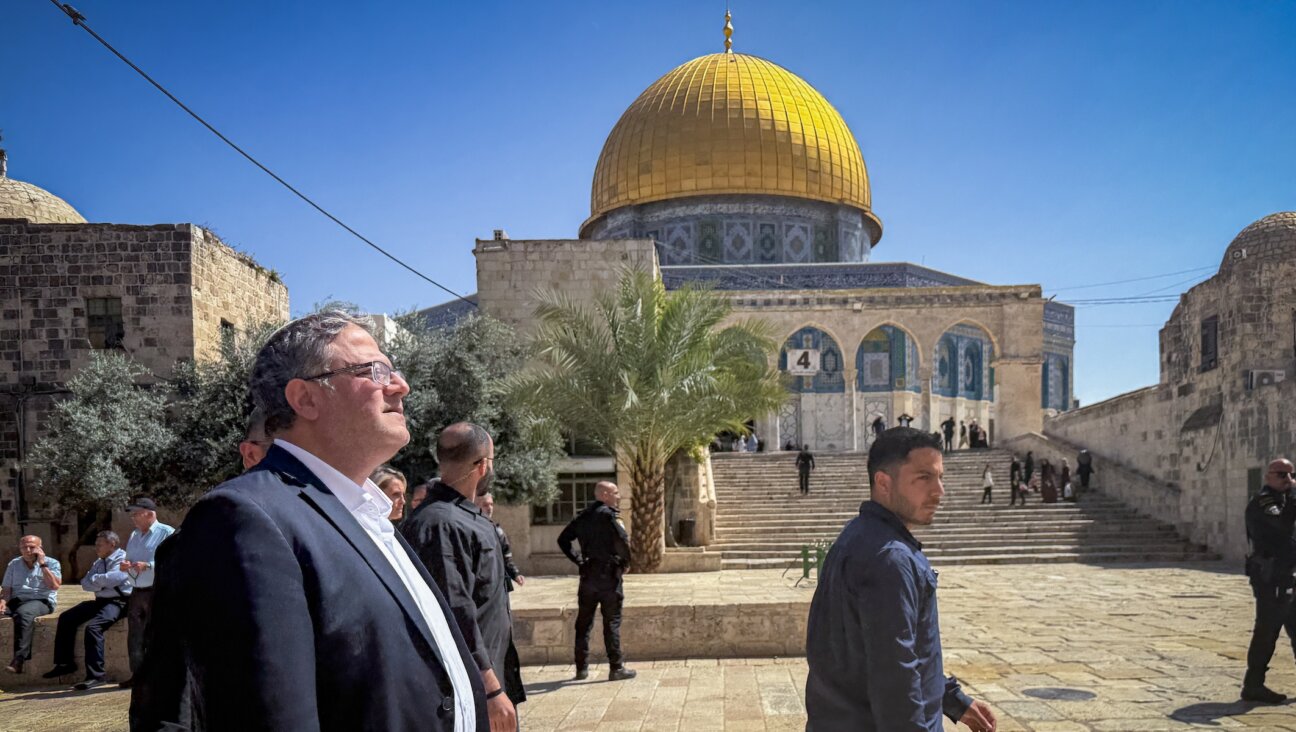
Fast Forward Itamar Ben-Gvir is coming to America, with stops at Yale and in New York City already set
-
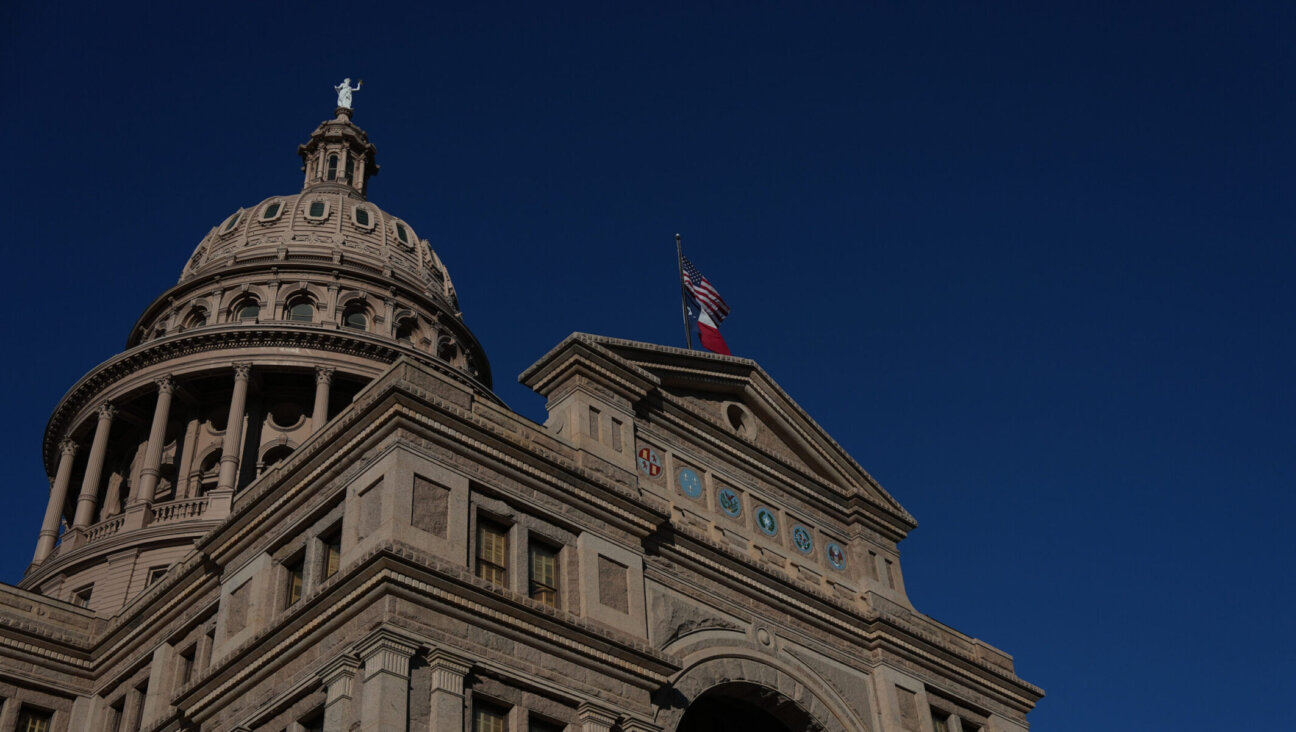
Fast Forward Texas Jews split as lawmakers sign off on $1B private school voucher program
-
Shop the Forward Store
100% of profits support our journalism
Republish This Story
Please read before republishing
We’re happy to make this story available to republish for free, unless it originated with JTA, Haaretz or another publication (as indicated on the article) and as long as you follow our guidelines.
You must comply with the following:
- Credit the Forward
- Retain our pixel
- Preserve our canonical link in Google search
- Add a noindex tag in Google search
See our full guidelines for more information, and this guide for detail about canonical URLs.
To republish, copy the HTML by clicking on the yellow button to the right; it includes our tracking pixel, all paragraph styles and hyperlinks, the author byline and credit to the Forward. It does not include images; to avoid copyright violations, you must add them manually, following our guidelines. Please email us at [email protected], subject line “republish,” with any questions or to let us know what stories you’re picking up.






